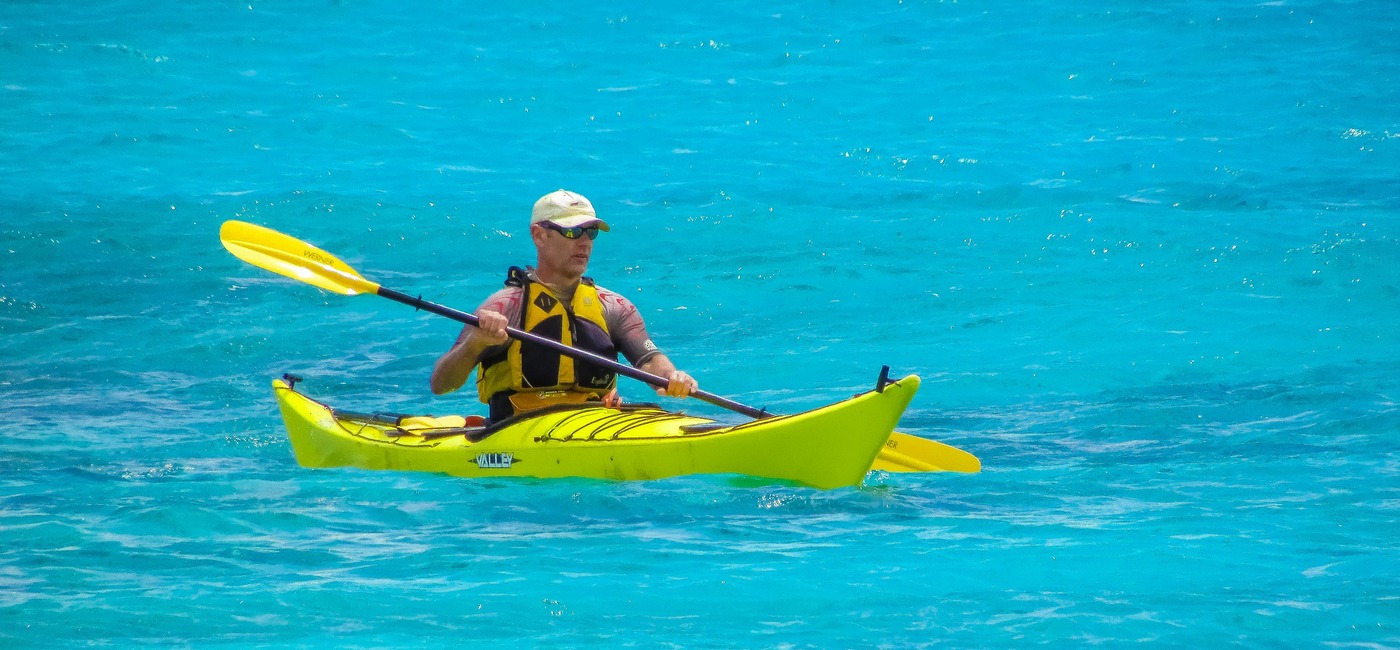How to choose the right boat?

Canoes have a rich history dating back over 4 thousand years. The North American Indians were the inventors of these boats. They were made in ancient times from a solid tree trunk, using the method of carving (gouging). Later, they began to make wooden frames, which were covered with the skins of sea animals or the bark of a tree. The Indians used canoes for hunting, transporting cargo, ferrying people and during hostilities. Today, the raw materials for the production of canoes are wood, metal, fiberglass and some other synthetic materials, and they are used mainly for boating or fishing.
What is the difference between tourist and sport canoes?
Touring canoes are large compared to sport canoes and are used on calm waters. Their body is open and designed to accommodate up to 4 people and cargo. In such a boat, you can easily put tents, backpacks with a total weight of about 100 kilograms, and even a barbecue. Modern tourist canoes are rarely made of wood – mostly fiberglass, as it is lighter and easier to carry. They can also be made from wood planks covered with epoxy-impregnated canvas or fiberglass. The length of such a canoe can be from 4.6 meters to 5.5 meters, the weight ranges from 17-29 kg.
There are two types of sport canoes: for rowing on smooth water and for rowing slalom (rafting on rough rivers). The requirements for sports canoes are much higher, therefore, a more durable material is used for their manufacture: mahogany, carbon (carbon fiber), or plastic. According to the rules, the length and weight of the sport canoe is also strictly limited. A single boat should not be longer than 520 centimeters, its weight should be at least 16 kilograms; for two-seater canoes, these figures are 720 centimeters and 20 kilograms; for four-seater – 900 centimeters and 30 kilograms. Previously, seven-seater canoe boats were used, which weighed from 50 kilograms and reached 1100 centimeters in length. In 1979, the last rowing competition was held, in which canoe-sevens participated. Now the maximum number of rowers in one boat is 4 people. Also for sports canoes there was a regulation for the width of the vessel, but in 2001 this requirement was canceled.
Canoes for rowing slalom are equipped with inflatable bags (bags) at the stern and bow of the boat – in case it turns over, they serve to replace water. They are made of very durable materials and are designed for one or two people. The maneuverability of this type of canoe is greater than that of those intended for smooth water, but their stability is much less and requires more skill of the rower.
Boating tourism is most popular in North America. Perhaps because it is the birthplace of canoes. But in recent years, the number of fans of water sports and water tourism has increased in Europe.
If you do not consider yourself an adherent of extreme sports and do not plan to go down the rapids, then a tourist canoe is the ideal option for you. Wherever you want to go – fishing with friends or on vacation with your family – a quality lifting boat will come in handy. By the way, for those who like fishing, they now produce rowing-motor canoes, that is, those on which you can install the engine.